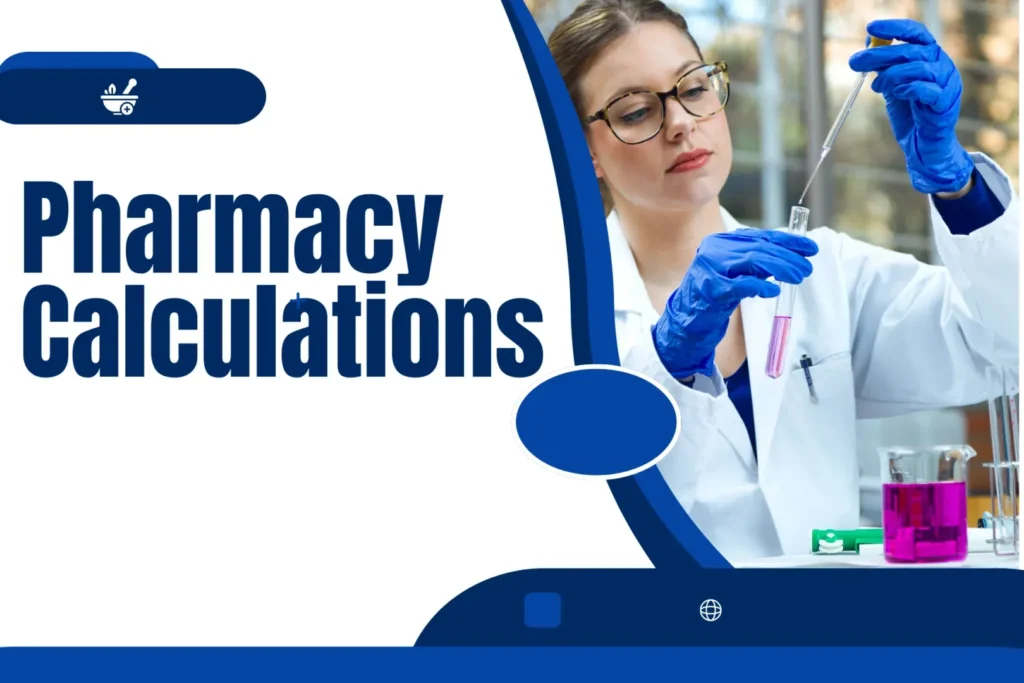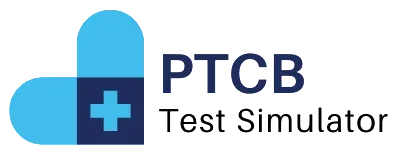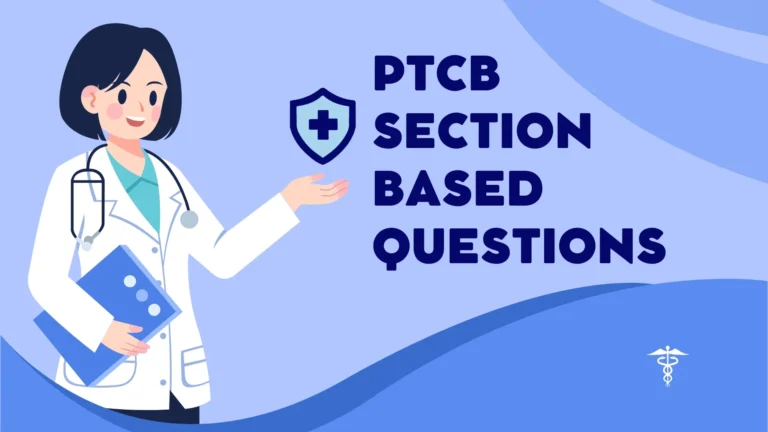Pharmacy Calculations
The pharmacy Calculations Quiz is also a part of the PTCB Test, where you get deep knowledge how to calculate the amount of the medicine required and how to calculate the amount needed.
The Pharmacy Technician Certification Board certification test ( PTCB Practice test )assesses knowledge and skills needed by pharmacy technicians in order to work effectively across a variety of settings. The exam includes a significant section on pharmacy calculations. This is where you will be tested to see if you can perform basic math, convert measurement, comprehend dosages and ensure the safety of patients.
This guide will help you to succeed by providing an overview of key concepts and common Pharmacy calculation types.
Try More Practice Tests
The Basics of Pharmacy Calculations
- Units for Measurement Calculations in pharmacy are based on a variety of systems including household, apothecary and metric units. It is important to understand the conversions.
- Units metric: This includes grams (g), Milligrams(mg), Liters (L), or milliliterss (mL). In pharmacy, the metric system is most commonly used.
- Units of Apothecary: Although less common, it is possible to encounter units such as grains (gr), or minims(min).
- Units of Measurement in the Home: It is essential to be familiar with teaspoons, tablespoons and ounces when counseling patients about medication administration.
- Calculations of Dosage You must calculate the dose according to a medication or prescription order. It can be as simple as calculating how much medication you need to administer or ensuring that the patient receives the right amount.
- Formula Basic: (Desired dose / Strength Available) x Available Quantity
- Calculation of Body Weight: Used for calculating dosages in pediatric and adult doses calculated using mg/kg.
- Calculating the IV Flow Rate This is essential in hospitals where intravenous medications (IVs) are administered.
- Formula Basic: (Total volume in mL) / (Time in hours)
- Drop factor: When using a gravity fed system, take into account drops per minute. Drops/min = Flow rate in mL/hr * Drop Factor / 60
- Dilution and Concentration When compounding or preparing IV medication, it is important to calculate the concentrations of drugs.
- Basic Formula:C1V1 =C2V2
- The initial volume is V1, C2 represents the final volume and C2 the final concentration.
Common Calculation Types for PTCB Exam
- Proportion and Ratio Use proportions when solving for unknowns, such as dosages and other calculations.
- Find the quantity of 200 mg in 2mL. 200 mg/2 mL = (Xmg/5 mL). Solve for the value of X.
- Percent strength Knowing how to calculate percentage strength is essential for compounding or preparing medication.
- Formula Basic: Percent strength = (Amount Solute/Amount Solution) x100
- Aligation An alignment is a method of mixing solutions to reach a concentration desired.
- Example You are given a 10% and a 5 % solution. What is the amount of each to get a 7%-solution?
Exam Practice Questions for PTCB Technician Certification Exam
Use these PTCB practice questions to apply concepts that you have learned.
How to Calculate Dosage
The prescription must contain 250mg of the drug. How many 125mg tablets can you dispense?
Solution:
- Required dose: 250 mg
- Tablet strength available: 125mg
- The dose is (250mg /125mg) x 1. This equals 2 tablets
The Conversion Question
The patient must take five milliliters of medicine three times per day. How many teaspoons do they consume daily?
Solution:
- Conversion: One tsp equals five mL
- Dosage in teaspoons daily: 3 x 5. mL is 15mL
- Because 1 tsp is 5 mL in volume, the total amount of teaspoons consumed per day would be 15 mL/5 mL or 3 tsp
What is the IV flow rate?
Calculate the flow rate in mL/hour. Calculate flow in mL/hr.
Solution:
- The flow rate is (1,000mL / four hours) = 250mL/hr
Question 4: Alligation
Prepare 500 mL a 7% syringe solution by mixing 10% and 5%. What is the required amount of each solution?
Solution:
- Alignment is a useful tool to determine the parts needed for each solution.
- Solution 10% (high concentration): two parts (7-5)
- Solution 5% (lower concentration:) 3 parts (10-7)
- Total Parts = 2 + 3 = 5.
- Volume of 10% solution = 2/5 x 500ml = 200ml
- Volume of 5% Solution = (3/5) x (500 mL) = 300mL
The Concentration Calculator
What is the percentage strength of a solution that contains 2 gms of a particular drug per 100 mL?
Solution:
- Percent Strength = (100 ml / 2 grams) x 100 = 2.0%
You can use these questions to help you prepare for the PTCB Technician Certification Exam’s section on pharmacy calculations. Practice regularly, and make sure you review and understand the principles for a better understanding and confidence. Best of luck!


